What The Heck Are Curcubits? The Most Popular Plants You’ve Never Heard Of
Cucurbits are good for you. If you think you've never eaten a cucurbit, think again!
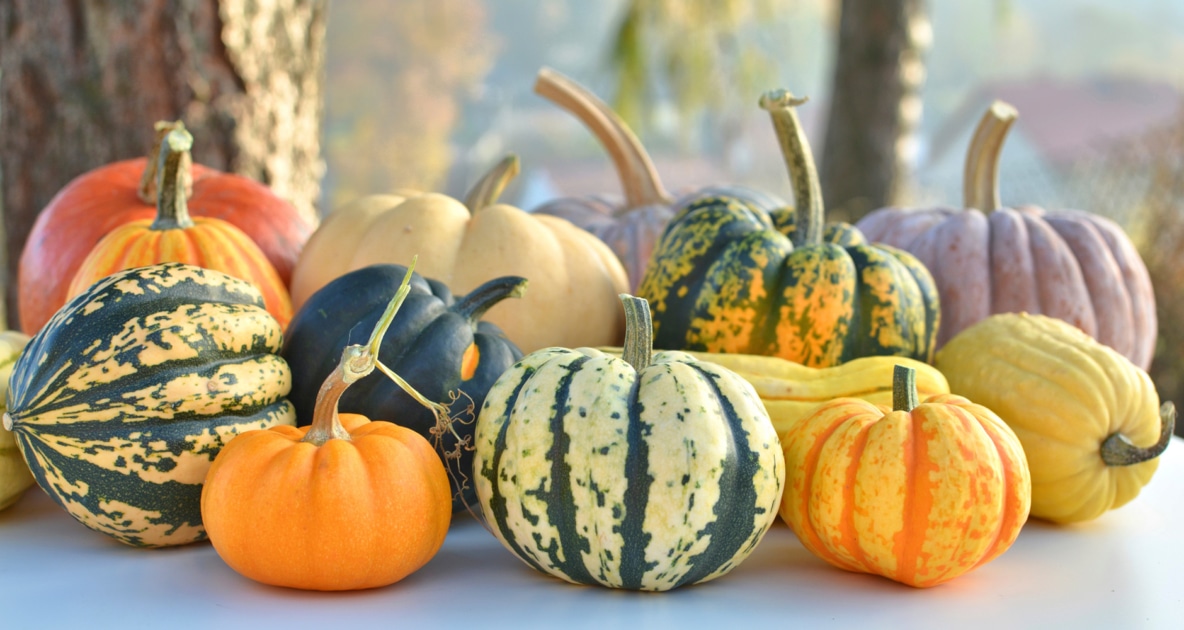
Cucurbits are good for you. They are particularly high in vitamin A and zinc, and are an excellent source of fiber. If you think you’ve never eaten a cucurbit, think again! So, what the heck are they?
What Is A Cucurbit?
While the term cucurbit may be a bit obscure to many of us, this plant family includes a large proportion of the garden varieties that are near and dear to us. In fact, this grouping contains more plant species used for human food than any other. It includes:
- Pumpkins
- Squashes
- Cucumbers
- Melons (including watermelon)
- Gourds
Characteristics that this huge and diverse group share are vines, alternating leaves, male and female flowers on a single plant, flowers with five fused petals, flattened seeds, and most importantly: fruits, most often with a hard outer covering. These fruits are technically a kind of berry called a “pepo.”
Although there are cucurbits found native throughout the world, the earliest evidence of cucurbit consumption is found in Mexico, where 9,000-year-old stashes of squash seeds have been found. Native Americans, of course, introduced pumpkins and squash to colonists; but their European counterparts were not quick to accept the “new” vegetables and they were largely used on the continent for animal fodder until the nineteenth century.
In colonial America, any large squash was referred to as a pumpkin. And, in fact, it is hard to draw the line, as any gardener knows who has saved the seeds from his favorite pumpkin only to wind up with some misshapen “squampkins” the following year. Pumpkins and squash cross readily, and it really is kind of fun to see what you can come up with. The results will be edible, if not aesthetically pleasing.
Pumpkins and squash can be prepared in myriad ways and were often roasted whole in embers during colonial days. The seeds were scooped out and the soft innards were smeared with honey or molasses.
Some interesting cucurbits include the relatively new spaghetti squash – which scoops out in tasty strands, and goes great with spaghetti sauce – birdhouse gourds, and loofa, which may have originated in India and can be dried and used as a bath sponge—be sure to check the 2021 edition of the Almanac for instructions on how to grow your own!
The most common cucurbit found in backyard gardens today is the zucchini, which is available in every color of the rainbow, in addition to the ubiquitous speckled green. Whole cookbooks devoted to recipes using zucchini have been published to help gardeners deal with the awesomely prolific harvest provided by even a few plants.
Growing cucurbits is pretty easy, and nowadays there are many short-season varieties available. They require a good fertile soil, plenty of sunshine, and protection from frost. Probably about the most likely insect pest one might encounter while raising cucurbits is the cucumber beetle. These black and yellow beetles begin to appear when temperatures reach 65° F. They attack flowers and leaves, causing plants to wilt. Botanical sprays like pyrethrum or rotenone should take care of the problem. Some ashes around the bases of plants can also help to deter these pests.
Paul Robert
Paul Robert lives in Hartford, Maine, with his dog Raymond. He has been an organic gardener for over 35 years, and raises some poultry as well. His special interest is trees. Several kinds of oak and elm, as well as Korean mountain ash, American and Chinese chestnut, persimmons and many other specimens grow on his 1.6 acre mini-farm. He may be contacted at [email protected].


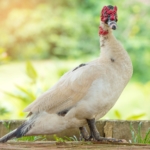
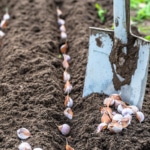
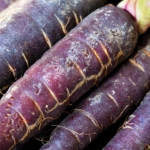
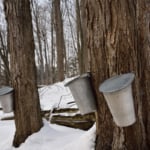
I loved this article. I’m also so glad you told me what curcubits were; I had no idea! I also happen to love pumpkins
Love this Article. Who knew that there was so many varieties of this family of plants and that they are so full of “Great’ nutrition, not to mention the endless recipes that flood your mind immediately. Makes want to go cook a bunch right now. Oh my goodness ! Thanks for sharing .
Hi Rosia, We’re so glad you enjoyed the article!
If you live in Florida, your best bet for summer-grown squash is the calabaza, or tropical pumpkin. Wait until the sun enters Virgo before starting the more traditional pumpkins and winter squash. Summer squash are best started indoors or under protection and planted out as soon as the last frost date, so they can crop before the heat grows insufferable and the big, fat grasshoppers emerge. I hope this is helpful to other sandsuckers.